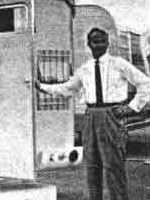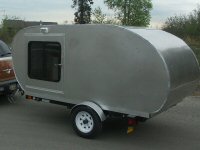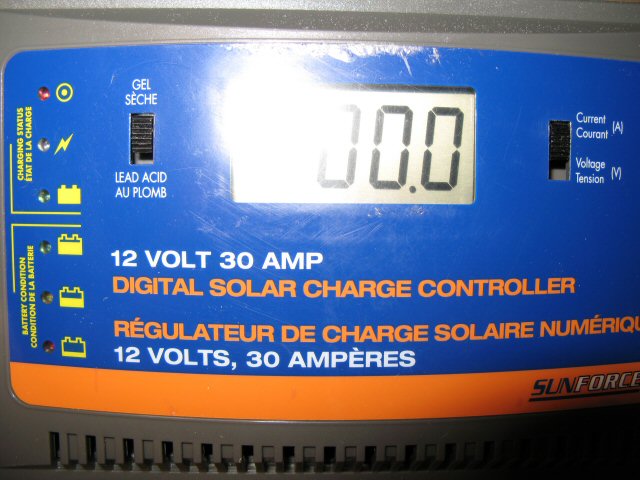Does anyone run a solar panel with a digital controller? I'm curious what kind of amps you get out of it.
I hooked my battery up again today, and the controller shows that I am getting between 0.3 and 1.5 amps out of it.
For reference, it's a 65 watt panel, and should be getting 5.4 amps, per this calculator.
http://ourworld.compuserve.com/homepage ... hmslaw.htm
Any thoughts?
Mike...
Does anyone run a solar panel with a digital controller?
36 posts
• Page 1 of 3 • 1, 2, 3
Does anyone run a solar panel with a digital controller?
The quality is remembered long after the price is forgotten, so build your teardrop with the best materials...
-

mikeschn - Site Admin
- Posts: 19202
- Images: 475
- Joined: Tue Apr 13, 2004 11:01 am
- Location: MI
I think that there are too many possible designs of controller to generalize, but I do have a few questions to help the diagnostic process along:
What is the sun condition? The 65 watt rating is for ideal conditions, and in the actual test condition there may not be enough solar power hitting the panel to reach rated results.
What is the load condition? If the panel is trying to push current through a charged batter, the battery might be at higher than 12V, and thus the panel will not be capable of pushing as much current. We know the current which has been measured, but not the corresponding voltage.
How about the panel orientation? Even in ideal sun conditions, a panel tilted so that it is not directly pointing at the sun is effectively a smaller panel.
What type of regulation is used?
What is the sun condition? The 65 watt rating is for ideal conditions, and in the actual test condition there may not be enough solar power hitting the panel to reach rated results.
What is the load condition? If the panel is trying to push current through a charged batter, the battery might be at higher than 12V, and thus the panel will not be capable of pushing as much current. We know the current which has been measured, but not the corresponding voltage.
How about the panel orientation? Even in ideal sun conditions, a panel tilted so that it is not directly pointing at the sun is effectively a smaller panel.
What type of regulation is used?
- My simple controller is an on/off switch like the one in a basic automatic battery charger: it is just a switch which is on (as if there were no controller at all) until the voltage gets to some set point, then it switches off (as if the panel were completely unplugged) until the voltage gets down to some much lower point. I don't see how a simple controller could cause this problem of too little current - it will be all or nothing.
- A pulse-width modulation (PWM) controller will rapidly switch on and off so that output current or voltage meets some target condition, so it's hard to say what it should be doing unless you know what it's trying to do. If the panel is charging a battery and the battery is nearly fully charged, this type of controller could just be "throttling" the current to maintain the target voltage.
- A maximum power point tracking (MPPT) controller actually does a voltage conversion between the panel and load, attempting to keep the panel in it's most effective condition (whatever balance between voltage and current gives the most power). With this type of controller, both voltage and current would need to be measured on both the panel side and the load side to understand what is going on.
- brian_bp
- 1000 Club

- Posts: 1355
- Images: 9
- Joined: Sun Nov 19, 2006 1:25 pm
- Location: Alberta



